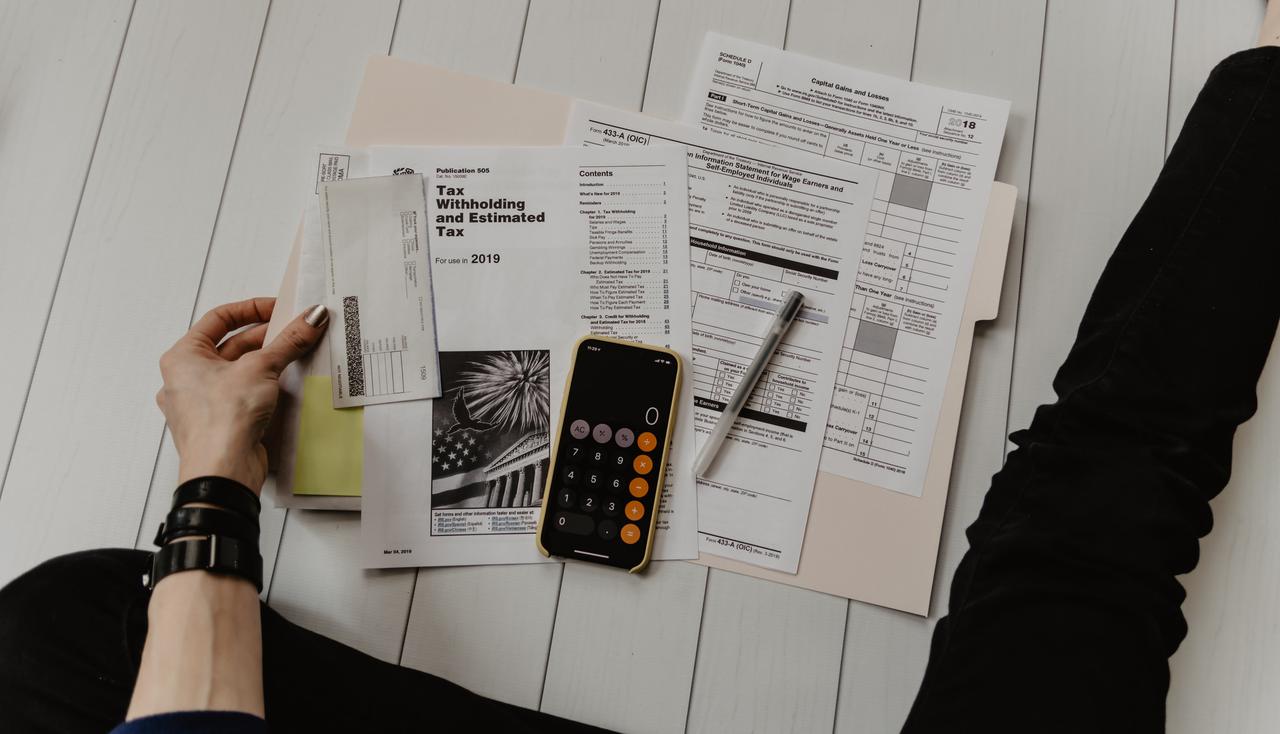Planning for and investing in your retirement is the most effective way to ensure you have a comfortable life when you decide to step away from your professional career. However, despite being so essential, retirement planning is often overwhelming for individuals. One question our team here at villaNOVA Insurance Partners often receives is when you’re allowed to tap into your account without being hit with costly penalties, but this handy guide should help clear up any confusion you might have.
When should I withdraw from my 401K?
You are age 70 ½ or older.
Once you hit this age, you are actually obligated to start taking money out in the form of required minimum distributions (RMDs). The RMD is calculated by dividing your tax-deferred retirement account balance by your life expectancy factor, and you can withdraw that amount in an annual lump sum, with quarterly payments, or monthly without paying any penalty fees.
An exception to this rule is if you are 70 ½, are still working, and don’t own 5% or more of the company you work for. People who meet these criteria can delay the RMD until after they retire.
You qualify for the “rule of 55.”
If you try to take money out of your 401K before the age of 59 ½, you’ll have to pay both the income taxes and an additional 10% tax penalty. However, an exception is made for individuals who are over 55 years old (or as young as 50 for public-safety workers) and have parted ways with their employer.

This includes if you quit your job on your own volition or if you were fired. If you meet these standards, you can take early withdraws without being hit with the 10% penalty, but it’s only applicable to your current 401K.
You need to take out a “hardship withdrawal.”
Since the 401K is technically your money, you are allowed to use it for large expenditures. This includes paying for things such as buying a home or paying for higher education. However, if you are below the 59 ½ years old threshold, your withdrawal is subject to a 10% penalty from the IRS.
Rather than taking out a hardship withdrawal, it might make more financial sense to take a loan from your account. This allows you to obtain the necessary money to pay for the expenses, but rather than paying back a bank or loan provider, you make principal and interest payments back into your own account.
You are getting divorced.
In certain legal divorces, the court’s qualified domestic relations order might require that one of the spouse’s retirement account be split and divvied up between the two parties.
Unless you signed a prenuptial agreement that protects your 401K, any funds added to the account while married are classified as marital property and are thus subject to redistribution. In this case, you are not liable for the 10% penalty fee, but you still have to pay income taxes on the money that’s withdrawn.
Still have questions regarding your 401K?
Then reach out to our experts here at villaNOVA Insurance Partners. As a full-service insurance brokerage and consulting firm, our team has the experience and expertise needed to help you navigate the complexities of your retirement accounts.
We work with both individuals and businesses to ensure you are getting the most out of your retirement strategy and help you avoid unnecessary and costly fees and penalties. Make sure you’re able to thrive in your retirement by learning more about our services or send us a message online to schedule your initial consultation.

